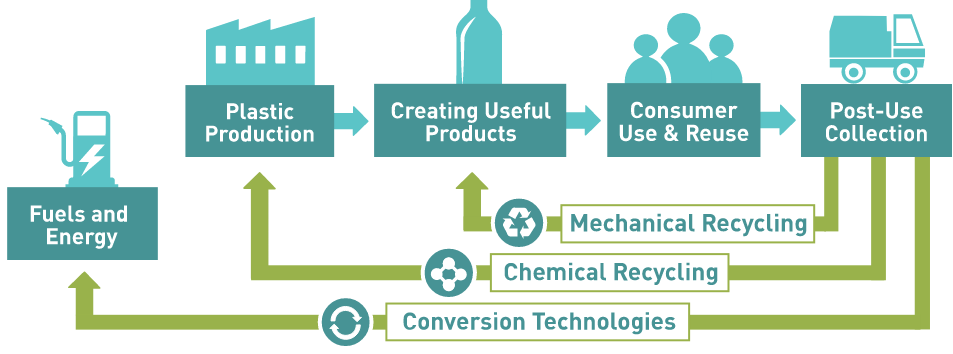Safe, sanitary plastics
Some plastics are designed to be used once or for a short period of time. Many of these plastics help improve our health and safety, while lowering environmental impacts.
People rely on plastic products and packaging to improve our quality of life in several ways. Plastics enhance health and wellness; improve access to safe, nutritious foods; and reduce environmental impacts. For example, we rely on sterile plastics to help safely administer medicines and lifesaving medical treatments, while preventing the spread of infection and disease. Plastics also help keep food fresher longer, helping to prevent waste, food poisoning, and illness.
Health & Wellness: Plastics Help Us Heal
Families and health care professionals rely on sterile plastics and plastic packaging to help protect health and hygiene.

Food Safety: Plastics Protect Our Food
Our food benefits from plastics at every link in the supply chain, from farm to plate.
In factories, sanitary gloves help prevent food contamination. Packaging prevents food waste by keeping food clean and safe so it maintains freshness for days, or even weeks.
Sustainability: Plastics Reduce Our Environmental Impact
The environmental cost of using plastics in consumer goods and packaging is nearly four times less than it would be if alternative materials were used.

And finally, technologies that convert non-recycled plastic into energy help divert additional materials from landfills.
Recycle, Recover, Reuse: Preventing Plastics Litter
Plastic and other packaging doesn't belong in the environment. Plastic producers are working to help improve product design as well as recycling and recovery systems.
Vision for Resource Management

Plastic products and packaging help keep the foods, medicines and other products we rely on safe and sanitary. And commitments from businesses, governments and NGOs to increase recycling and recovery efforts will allow us to continue to optimize those benefits while reducing environmental impacts.
